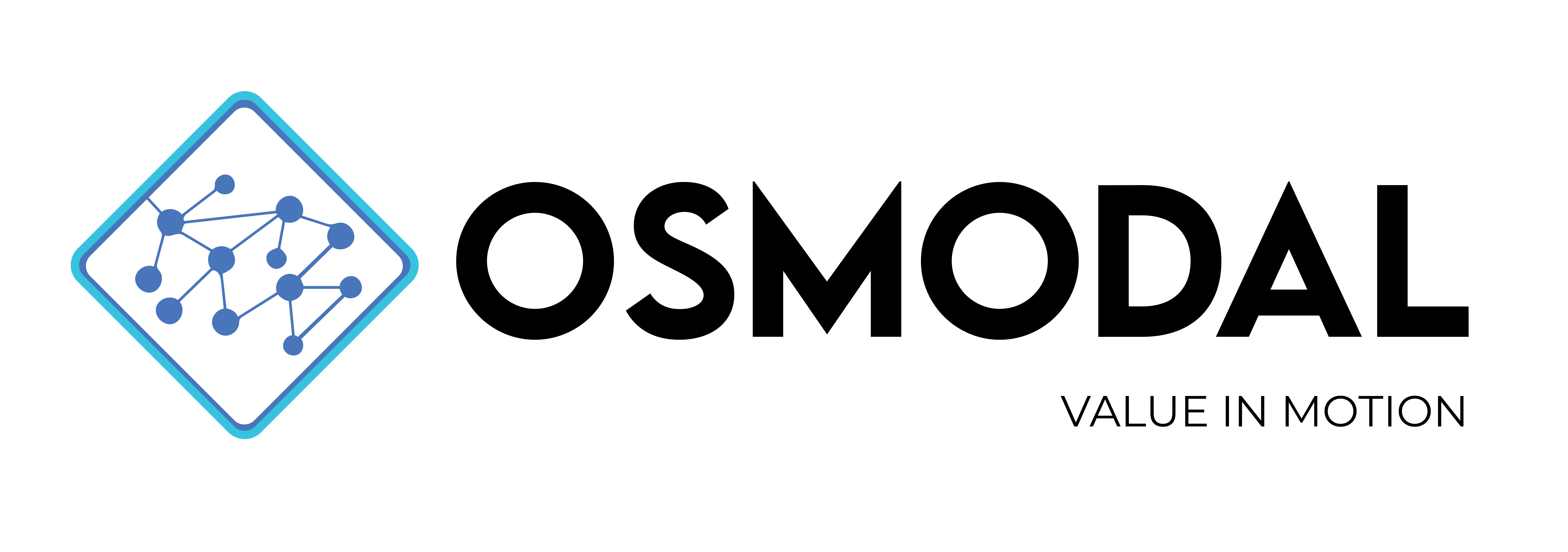What is a BlockChain
When people hear about BlockChain they immediately think you are talking about BitCoin. While BitCoin was the first blockchain it is now one of many blockchains that exist. BlockChains are also not only for crypto-currency trading either. A block chain is a combination of a distributed ledger, hashed blocks and chain of immutable blocks that are linked together;
Ledger
A ledger is a record of data structured by rules. We can see the origin of the data and the history of changes to get to its current state. By distributing the ledger between multiple parties, and combined with encryption techniques from the fields of mathematics and computer science, we can decentralise the ledger in an architectural and political sense (there is no central point of failure from an infrastructural perspective and these ledgers are not controlled by a central authority).
Blocks
The basic element in a BlockChain is a block. A block contains a group of transactions in the form of a ledger. Each of the transactions in the block is digitally signed to ensure they are valid.
This block is then cryptographically hashed to develop a unique key that essentially encapsulates all the information in that block. If anything in the block is ever changed, the hash value for that block will change.
The Chain
When this block is added to the Blockchain the hash from the previous block is also stored with the new block. This creates the chain. If any preceding blocks are tampered with, the hash value will change and therefore break the chain.
Once the block has been added to the chain and validated. The changes to the chain are broadcast across a distributed network, with each node on this network maintaining, validating the block and ensuring that all copies of the chain in this network are in sync.
If there is a consensus across nodes that the blockchain is not valid, this would trigger the rollback to a previous valid chain.

In summary, the BlockChain value lies in:
- Security – Cryptography (encryption and digital signatures) Secures the contents of transactions and verifies the sender’s identity
- Privacy – Cryptography (public-key encryption) Enables us to authenticate transactions without giving up any personal information of either the sender or receiver
- Trust – Blockchain is an “append-only” system, new blocks embed a hash of the previous block, creating an irreversible chain and preventing records from being counterfeited or changed
- Distribution and decentralisation – Instead of relying on a central authority, each node can store a copy of the chain and, by combining peer-to-peer networks and consensus mechanisms, agree on the content of a ledger (the order of transactions). There is no central node whose failure can stop the system from processing transactions.
- Transparency and integrity – Combining the technology above – each user can verify how a chain has been appended over time (transparency) and that the data is uncorrected and unaltered since the moment it was recorded (integrity).
You can see from this, a BlockChain has many potential uses beyond just crypto-currency.
In the next post, we will explore the types of blockchains in use today.


